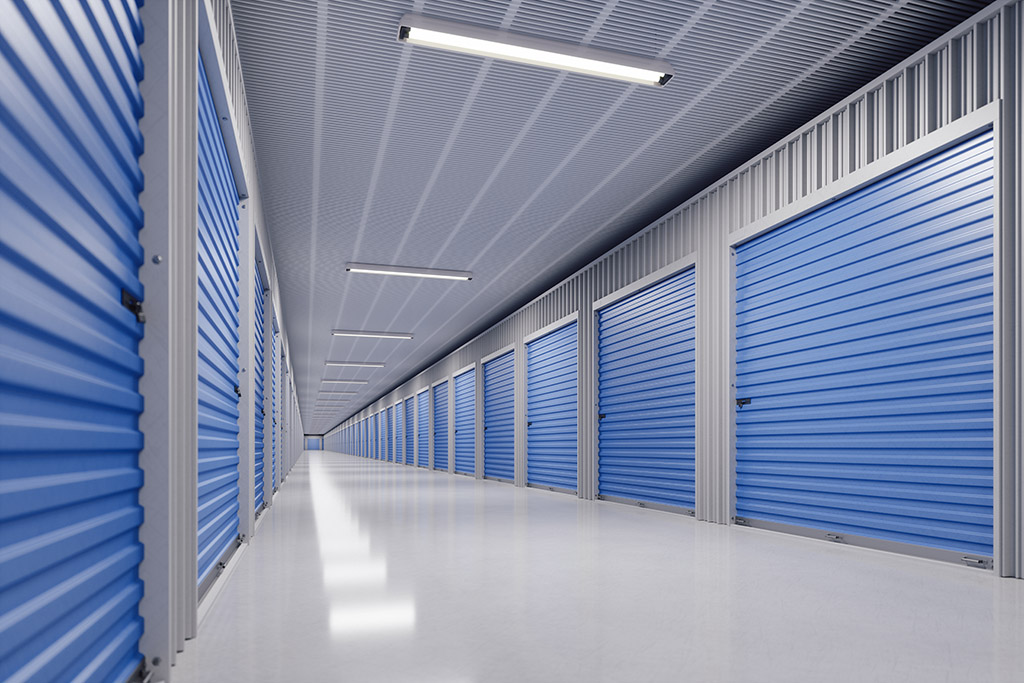What Does Self-Storage Competition Mean for Investors?

There’s a self-storage epidemic happening in big cities all around the country. Investors, beware — it may be coming for you next.
Self-storage has exploded in popularity in the past few years. As more people had begun leasing their own storage units, developers jumped on the opportunity in hopes of delivering what consumers wanted. As a result, 2019 saw a massive wave of new self-storage facilities opening all across the country.
However, the results weren’t as expected. Instead of delivering greater prosperity for this business module, the sudden boost in volume led to highly oversaturated markets, dropping rent rates and high vacancies for existing storage facilities.
Honing in on the Issue
The self-storage market wasn’t ready to support the increased competition that showed up this year. With so many new storage facilities popping up, it tipped the balance of supply and demand.
According to data collection and analysis conducted by Yardi Matrix in their recent report titled Supply Stunts U.S. Self Storage Rent Growth, we can see the implications on rent rates. Their data noted that self-storage development activity intensified in about 40% of the top markets, resulting in a plague of oversupply.
Too many available storage spaces instigated a price-point battle, where existing storage units and newly built ones were lowering their rent prices in hopes of attracting and keeping loyal customers. This situation stunted the expansion of business and also reduced profits across the board – specifically in big metros.
Strategizing Amid Troubled Times
In order to navigate the turbulence in the self-storage industry, facility managers and developers are rethinking their game plans for 2020.
Overcoming the intensified competition in big metros is the first hurdle to deal with. To do so, developers looking to open new storage facilities are moving their plans to the country’s secondary and tertiary markets. This is a common solution employed by businesses that are striving to stay afloat in a highly competitive industry.
Besides moving their business to a less congested location, self-storage facilities need to deal with the cutback on rental profits. To do so, facility management needs to crack down on its efficiency. Successfully navigating in this environment requires a boost in overall performance — even while working on a lower budget.
What Investors Need to Know
When faced with this situation, investors should play it smart. By transitioning into a slower market location, you’ll be cutting back on the competition – but that doesn’t mean you’re safe from the negative effects of oversupply. Here are a few things you should know:
- Advertising is crucial to bring your business to potential tenants, so make sure you’re online-accessible.
- Offering valuable amenities and storage features can help elevate your business over the competition.
- Balance your rent rate to a competitive (but still fruitful) price. Perform due diligence and look into what comparable facilities are charging in your local market.
- Make sure you’re ready to work with a tight budget by reconfiguring your business plan to account for the reduced rent profits. Don’t make the mistake of trying to keep up with an unrealistic budget.
- Make sure to keep these points in mind when dealing with CRE’s self-storage sector. For more insights and business strategies, check out our blog.